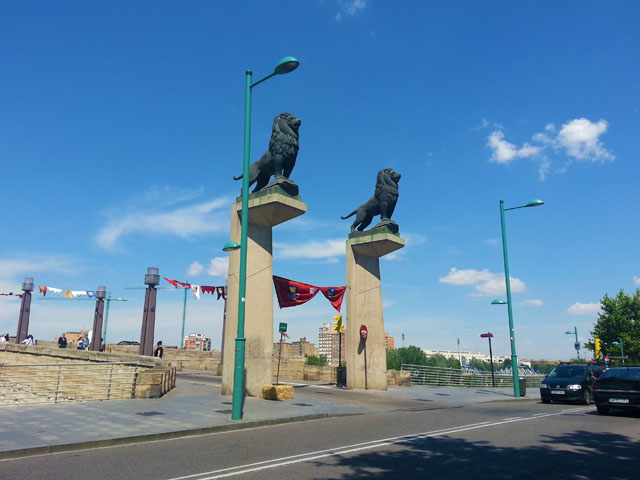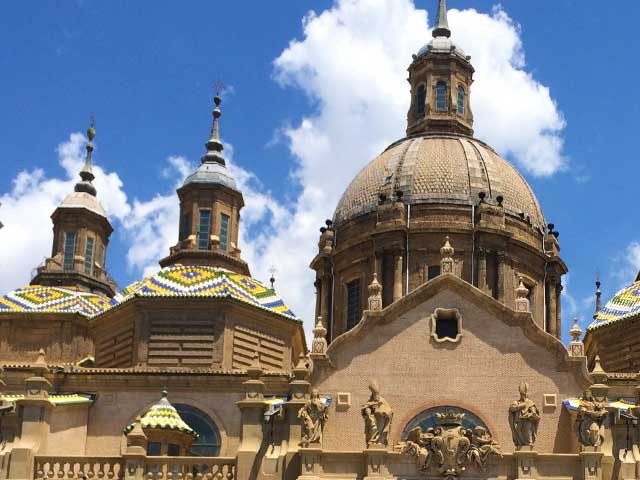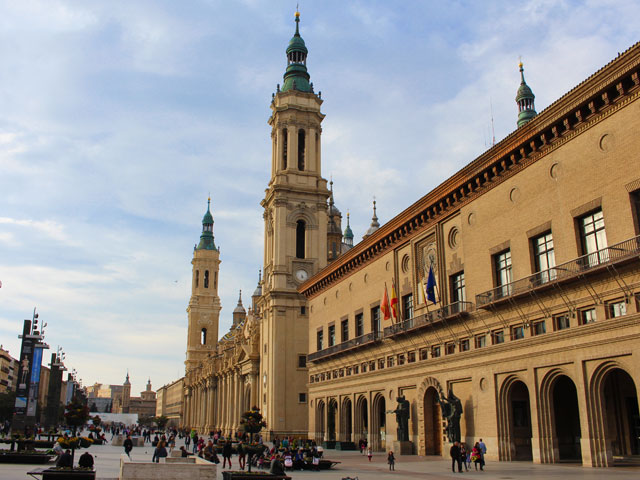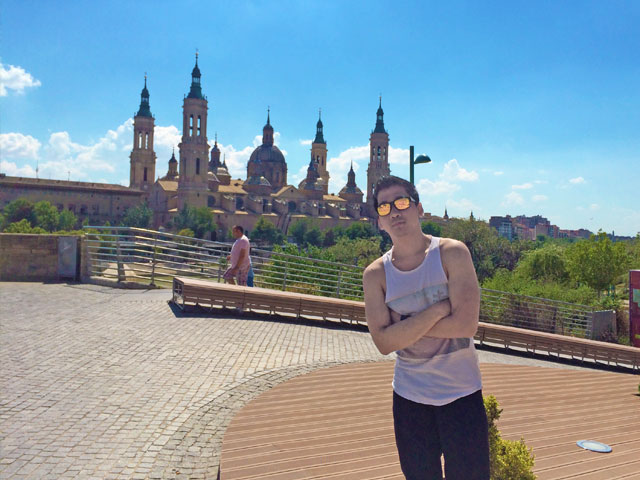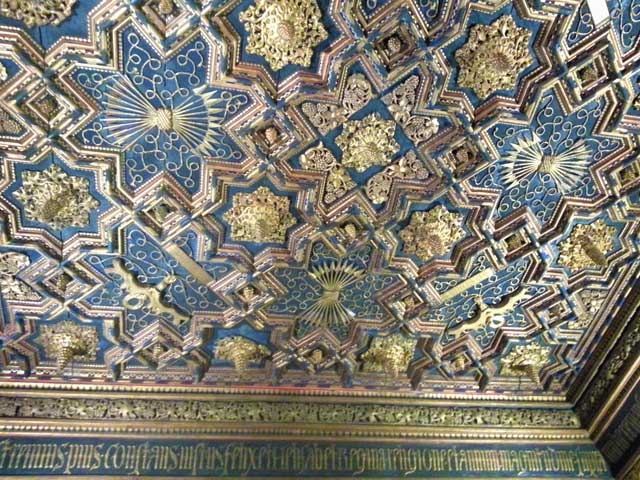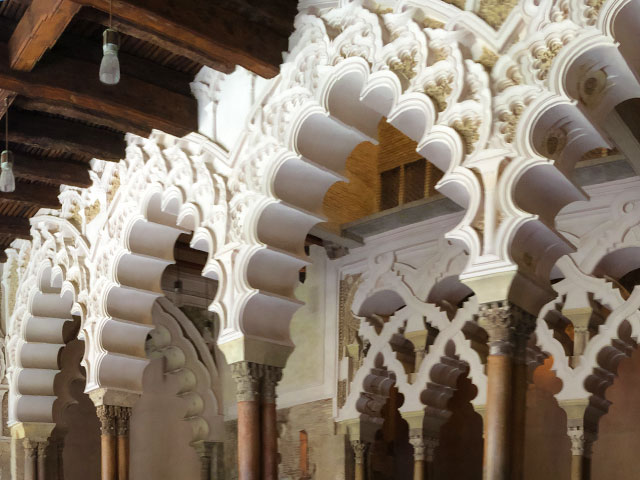With frequent regional buses from Barcelona connecting major cities throughout Spain, there's no real excuse of not getting a quick weekend escape. And where better than Zaragoza?
Talk about traveling cheap, a one-way 5 Euro bus ride to Zaragoza is definitely a go! Just a 3 and a half hour journey from Barcelona Nord (North Bus Station), we took the early morning bus operated by ALSA (Spain's largest bus provider company) heading to another great city.
Located on the river banks of the Ebro, halfway between Madrid and Barcelona, Zaragoza is home to a rich legacy left behind by Romans, Jews, Muslims, and Christians. That's more than 2000 years of history! Its buildings and majestic churches and palaces reflect the different styles and the interesting exchange among cultures.
We arrived at Zaragoza's central bus station, the Estacion Intermodal de Zaragoza-Delicias, and hopped on one of the city buses (Bus 51, Ci1 or 34) to reach downtown just about 2km away. You could easily tell you're arriving at the center once you see the majestic gem of the city rising in the distance — the Pilar Basilica.
One of the city's gem adorned with frescoes of the brilliant artist Francisco de Goy is the Basilica of El Pilar. It stands on the Square of El Pilar beside the Ebro River.
The Basilica of El Pilar is considered as the universal symbol of Zaragoza and a true masterpiece of Baroque art. It's most famous to the world through a festival every 12th of October where thousands of people gather to offer flowers to the fifteenth-century statue of the Virgin. Local traditions take the history of this basilica to the dawn of Christianity in Spain.
Perhaps the finest Moorish monument outside of Andalucian region, Aljafería Palace (Palacio de la Aljafería) is a bona fide medieval Islamic palace in the heart of Zaragoza.
Within the 11th-century Arab castle palace lies the unique Aragonese Mudejar art declared as a World Heritage Site by UNESCO. It's a good thing I still kept my old Youth Card, which is still valid anyway (apart from my real age), we were admitted inside the palace walls for free.
Inside its walls is home to a complex group of structures built around one another from the Islamic age like the Trovador Tower, the Moorish Taifa Palace and the Palace of the Catholic Kings. The palace is also the seat of the Aragonese Regional Parliament.
The remains of history are well preserved on its very walls, its roofs, and coffered ceilings. The most stunning display would be the arches and rooms of the Nord Porch. Delicately interwoven arches, typical of the geometric mastery of Islamic architecture, it is indeed the city's greatest charms. A place so unique where history is just sitting right in front of your face...

